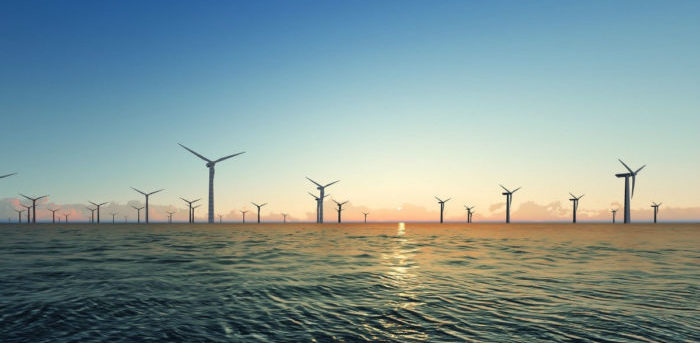Orsted, one of the world’s biggest developer of offshore wind farms, stated that offshore wind farms may not be able to produce quite as much power as previously forecast. This new analysis can save millions of dollars off each project, while it also serves as a warning to developers that have used similar analysis.
Speaking with reporters, Orsted’s Chief Financial Officer Marianne Wiinholt, explained that the new findings show a higher negative effect on production than earlier models had estimated. However, he added that this cannot be considered as a major setback for the industry, which will still grow.
[smlsubform prepend=”GET THE SAFETY4SEA IN YOUR INBOX!” showname=false emailtxt=”” emailholder=”Enter your email address” showsubmit=true submittxt=”Submit” jsthanks=false thankyou=”Thank you for subscribing to our mailing list”]
What is more, Bloomberg reports that other developers could find similar problems as well. Namely, Orsted regularly compared its estimates with estimates from external consultants, showing that its models were below those benchmarks. This means that more optimistic competitors could experience a steeper adjustment to the new reality.
Namely, tests have shown that the company’s current production forecasts underestimate the negative impact of the blockage effect. This takes place when the wind slows down as it approaches turbines. Moreover, it underestimated the negative effect of the wake effect as well, in which wind speeds drop between wind parks.
This change will reduce the lifetime load factor to 48%, representing how much electricity the machines produce divided by the potential capacity of the turbines. As the wind doesn’t always blow strongly enough to turn the wind turbine blades, the load factor is always lower than capacity, Bloomberg explains.
































































